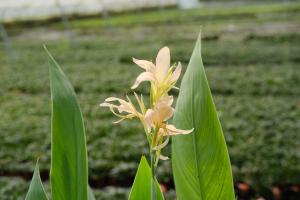Where to Plant Shade Trees for Your House
When it comes to planning your outdoor living space, planting shade trees can offer an array of benefits. Not only do they provide much-needed shade and cooling effects during the hot summer months, but they also offer aesthetic appeal and add value to your property. However, it's important to strategically place shade trees to maximize their benefits and minimize any negative impacts. Here, we'll discuss some key considerations for where to plant shade trees for your house.
Overhead or Near Windows
If your main objective is to decrease heat gain in your home, consider planting shade trees near windows or overhead. This will block the direct sunlight and reduce the amount of heat entering your home. However, it's important to take into account the type of trees and their growth patterns. Evergreens and deciduous trees are great options for this purpose, but make sure to avoid trees that are prone to aggressive root growth, as they can pose a risk to your home's foundation.
On the West Side
If you live in a warm climate that gets a lot of afternoon sun, planting shade trees on the west side of your home can offer significant cooling effects. This is because the sun is at its hottest and most intense during the late afternoon and early evening. Adding a few shade trees can create a cooler microclimate and give you a more comfortable outdoor space to enjoy during these hours.
For Privacy
If privacy is a concern, planting shade trees can offer a natural barrier between you and your neighbors. In this case, consider planting trees that are fast-growing and dense, such as leyland cypress or arborvitae. Planting them in a row can create a living fence that can block out noise and unwanted sights from neighboring properties.
Consider Wind Patterns
While shade and cooling are important considerations for planting shade trees, it's also important to factor in wind patterns. If you live in a windy area, planting trees that can provide some protection from the wind can create a more comfortable outdoor living space. Additionally, trees can also help prevent soil erosion and protect your garden from wind damage.
Conclusion
Planting shade trees is a great way to enhance your outdoor living space and create a cooler, more comfortable environment around your home. When deciding where to plant shade trees, take into account the direction of the sun, wind patterns, and your specific needs and goals. By strategically planting the right trees in the right places, you can maximize their benefits while minimizing any potential negative impacts.

 how many times do yo...
how many times do yo... how many planted tre...
how many planted tre... how many pine trees ...
how many pine trees ... how many pecan trees...
how many pecan trees... how many plants comp...
how many plants comp... how many plants can ...
how many plants can ... how many plants and ...
how many plants and ... how many pepper plan...
how many pepper plan...































